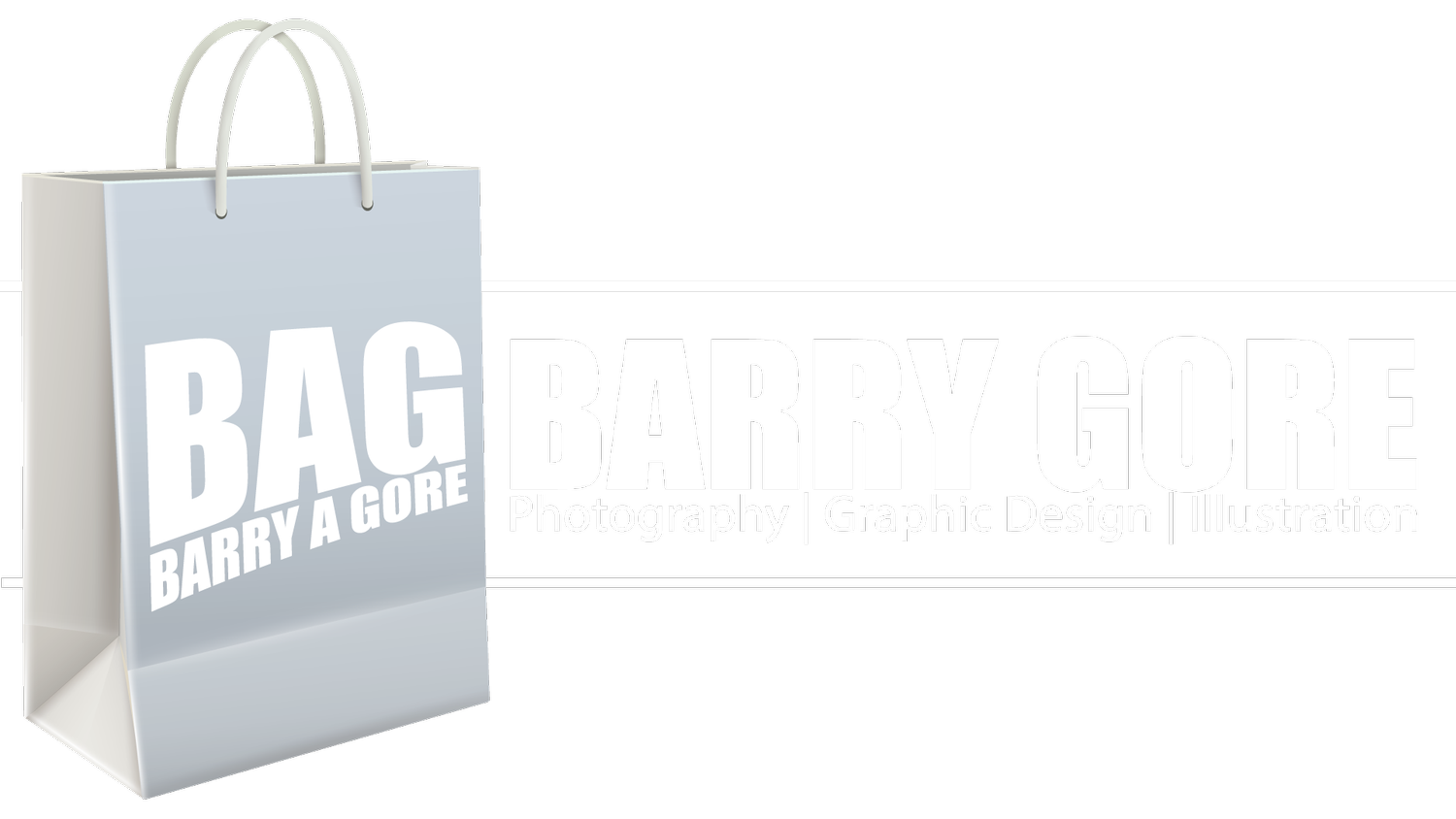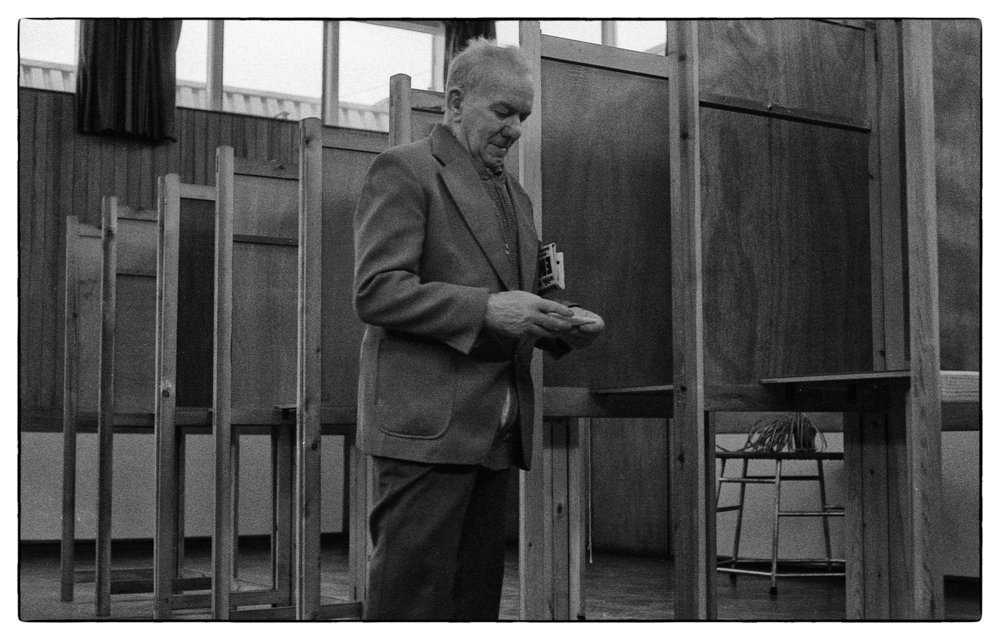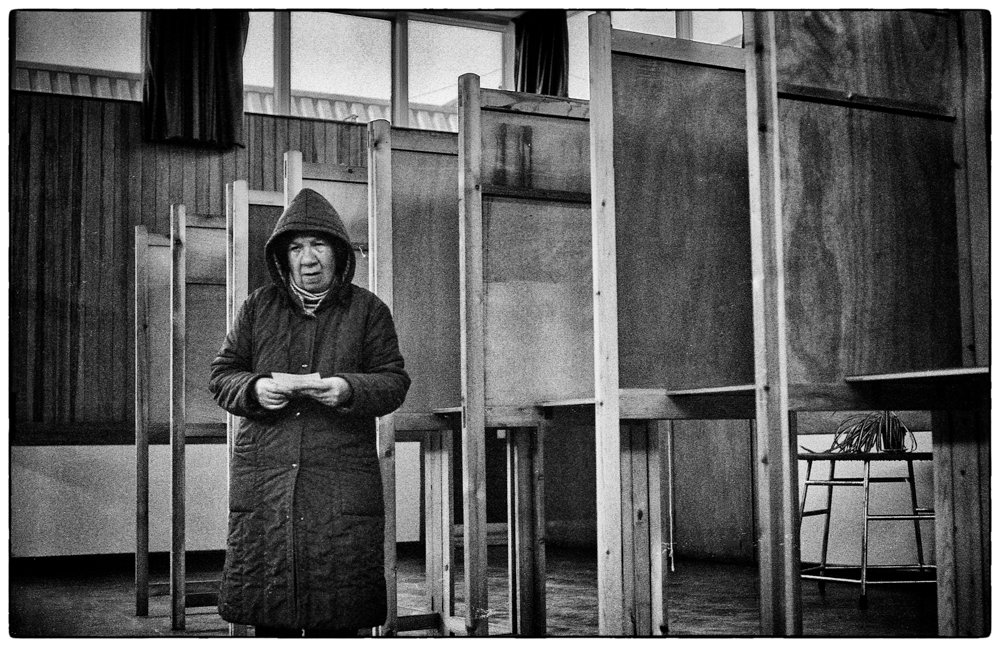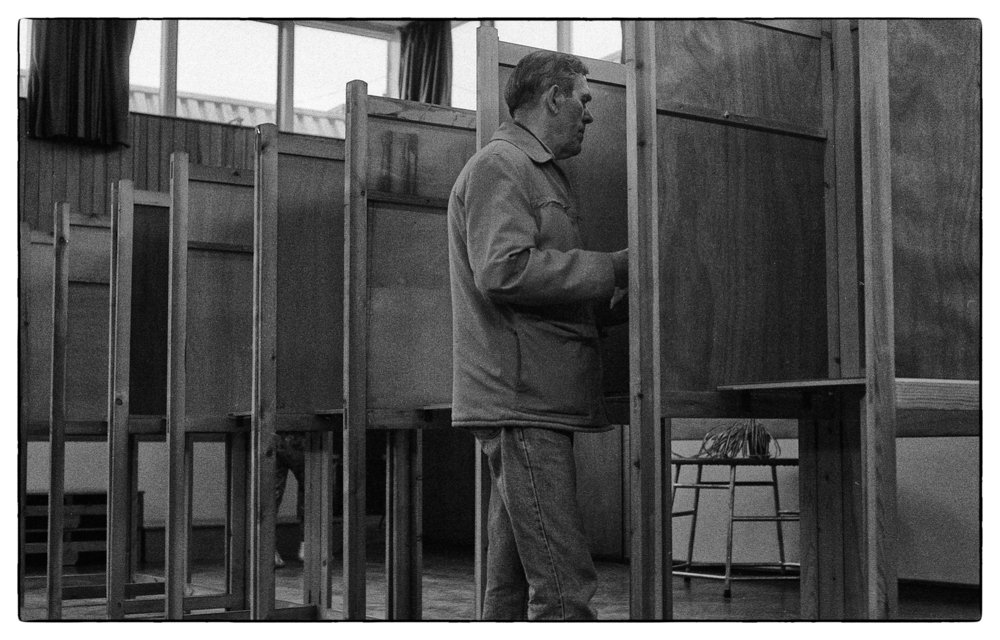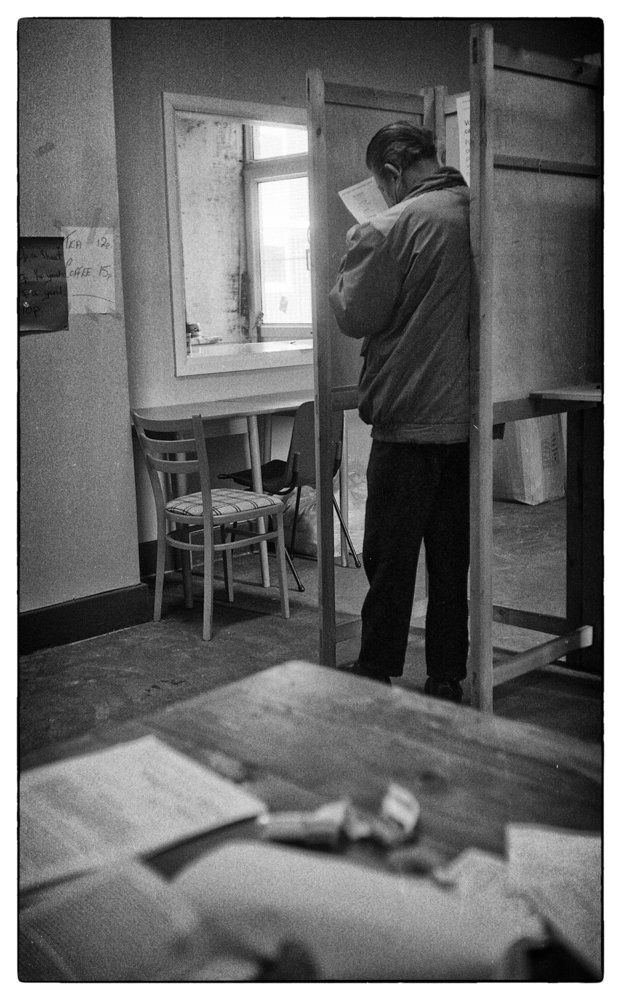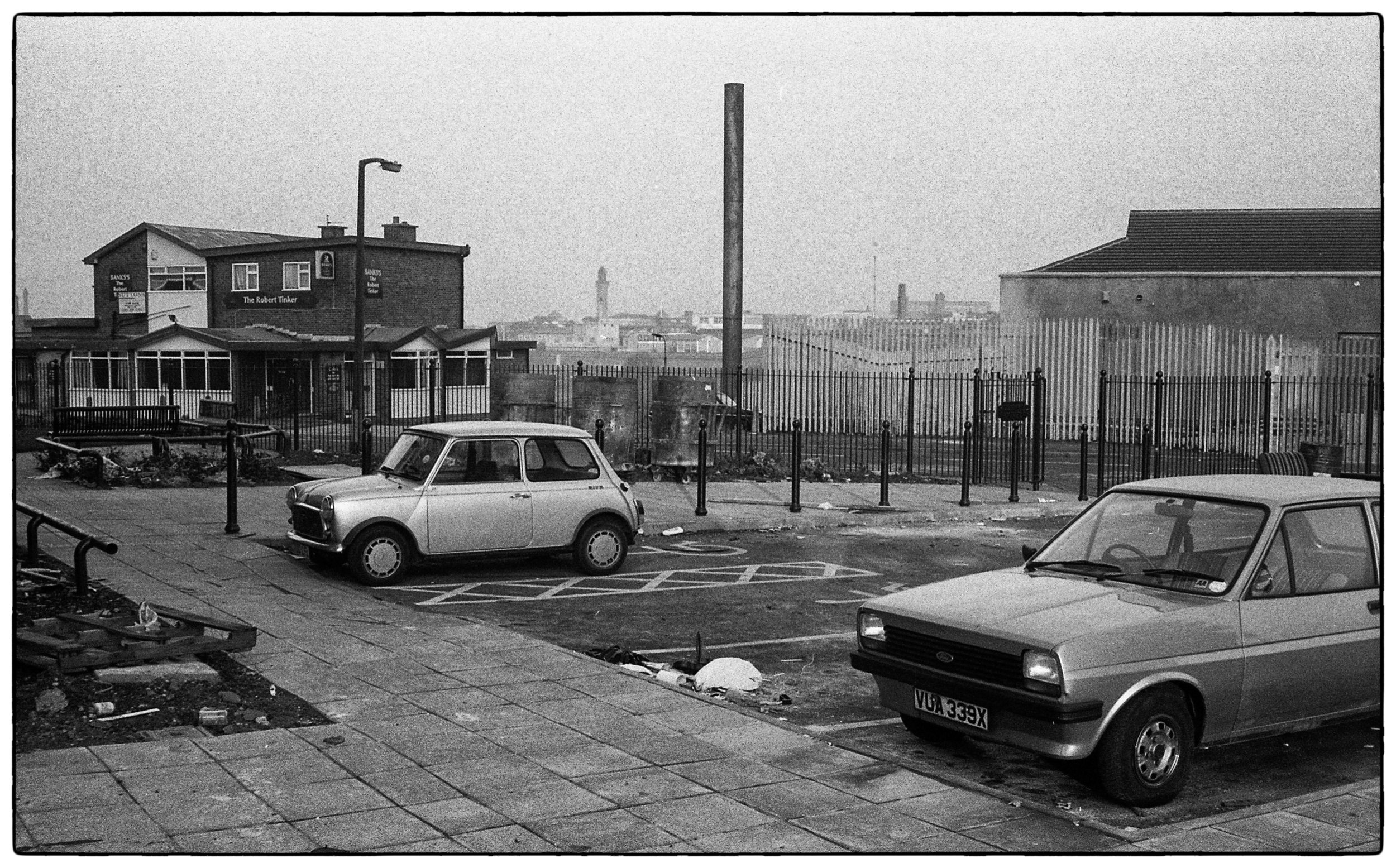
Vote, Vote, Vote
The General Election of 1992, Collyhurst, Manchester
The 1992 General Election coincided with my second year at University and by a stroke of good luck, I found myself working for the day as a poll clerk in Collyhurst, Manchester. An ideal job in some ways for a student as it didn’t involve too much effort although less ideal was the incredibly early start. Coming from a terraced house in St. Helens I had always considered myself working class. That was until I got to Collyhurst. The polling station was a small, single storey community centre used by community groups in particular a sewing group based on the number of electric sewing machines in the building. Outside three large tower blocks loomed over it like nightclub bouncers about to confiscate someones drink. Early in the morning, I ventured out to buy some cough medicine only to discover everywhere still shut. No-one goes to work so the shops don’t bother opening early a local told me. When the shops did open, the first purchase was unlikely to be predictable. An elderly woman wandered in to vote. In her pockets, two cans of Special Brew. My more confident colleague, the older, more experienced Presiding Officer asked, “Early breakfast?” to which she replied, “they’re for him..” gesturing with her hand to outside the front door, presumably to her husband? More of this followed through the day. Of the 406 people eligible to vote at this polling station 200 did so, including Mark Hughes. How strange that he shared his name with the then Manchester United centre forward and he had forgotten his polling card as I was scanning down the list looking for his name he grabbed the ballot and half-jokingly started to run off with it. A shortage of police meant that our on-duty PC was shared between this polling station and one at a Primary school across the main road.
Collyhurst is part of the Blackley and Broughton constituency and the MP, Ken Eastham was re-elected in 1992. When he stood down in 1997 he had been the MP for Collyhurst for 18 years. Despite a solid Labour vote, the UK as a whole returned a Conservative government. After Thatcher had come to an end in 1990 many had hoped that her party would follow suit but as I awoke the next day, it became obvious that the new PM was likely to be more of the same. John Major won the biggest share of the vote in living memory. The area of Collyhurst is only 1.5 miles from the centre of Manchester. For a brief spell in the 1970’s, the Electric Circus club on Collyhurst Road had hosted many of the leading punk and post-punk bands including The Sex Pistols, The Jam, The Clash, The Buzzcocks and even Warsaw, an early incarnation of Joy Division who themselves became New Order. Collyhurst produced one of Britain’s funniest men, Les Dawson, as well as two of it’s greatest footballers, Brian Kidd and World Cup winner Nobby Stiles. On a grey morning in April 1992 it was hard to find any of these facts illuminating.
At the time, I was mostly using a Pentax K1000, a beautifully simple SLR used by many as a camera to learn with. Everything was manual, setting the shutter speed, aperture and focus, but it was still a great camera with some excellent lenses available. The main problem for this project was the noise the shutter made (a friend said it sounded like a shotgun going off, which is an exaggeration although it was noticeable) so I borrowed a Kodak rangefinder from my then girlfriend. Her mum had won a washing machine in a newspaper competition but she didn’t want one so she swapped it for this, at the time, high spec. camera. It had an f2 lens and was whisper quiet having no mirror mechanism like the Pentax. In addition to this I used a Rolleicord 2/1/4 TLR, which I positioned on the ground underneath the polling station table, tilted back and pointing at a row of ballot stations. Attached to this was a long cable release. Over the course of two days (General and local municipal elections) I was never spotted taking pictures. I was interested in both the event and the people and I feel that the 28 intervening years have made them look more interesting. They are now looking like nostalgia when once they were contemporary. This is perhaps photography’s greatest quality. It is in the pictures all along but it only becomes evident with time. Those who remember 1992 will know that a new PM, a new government, changed little. The following year I graduated and went home. It took me six months and eighty job applications to get a job that didn’t even pay me enough for me to rent my own place.
